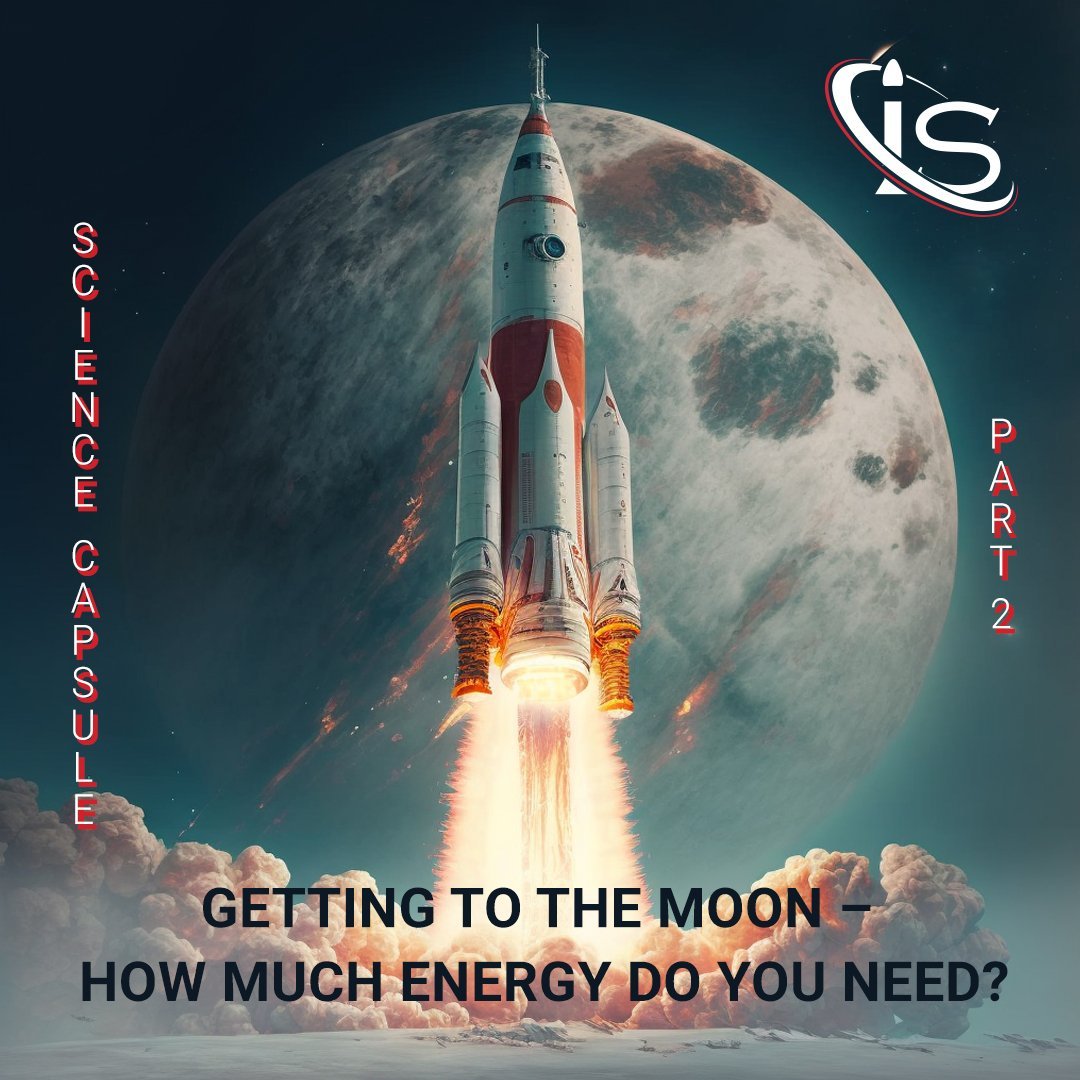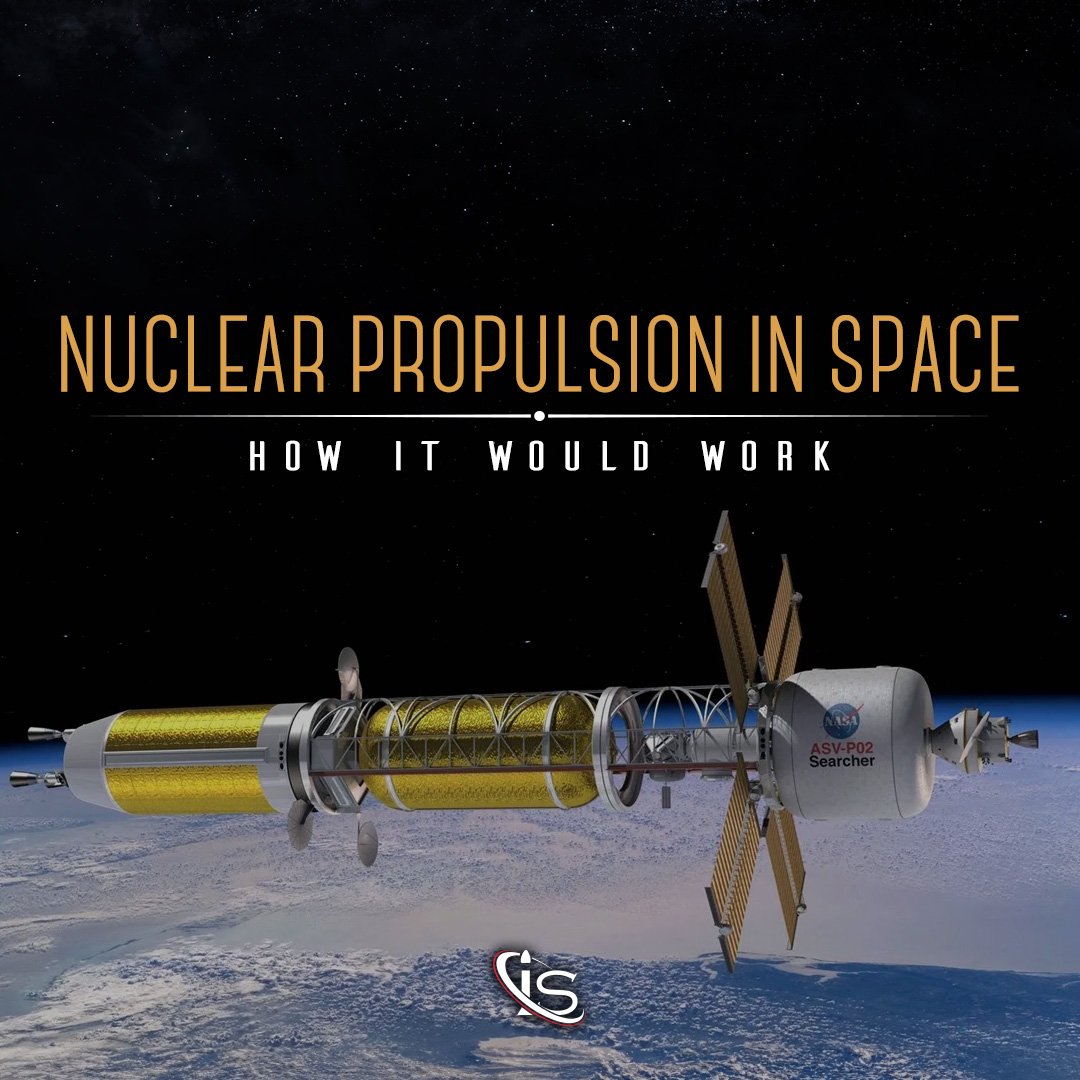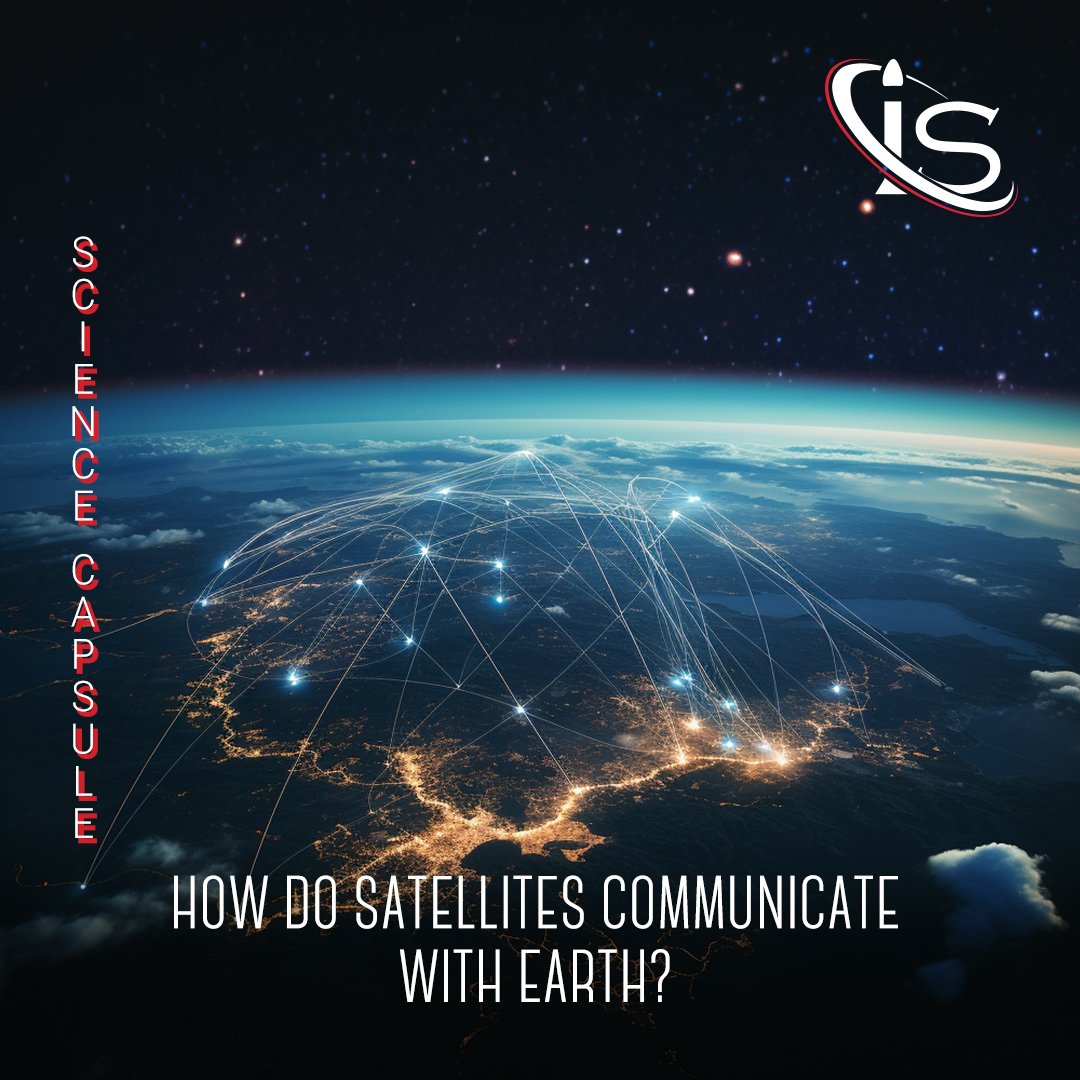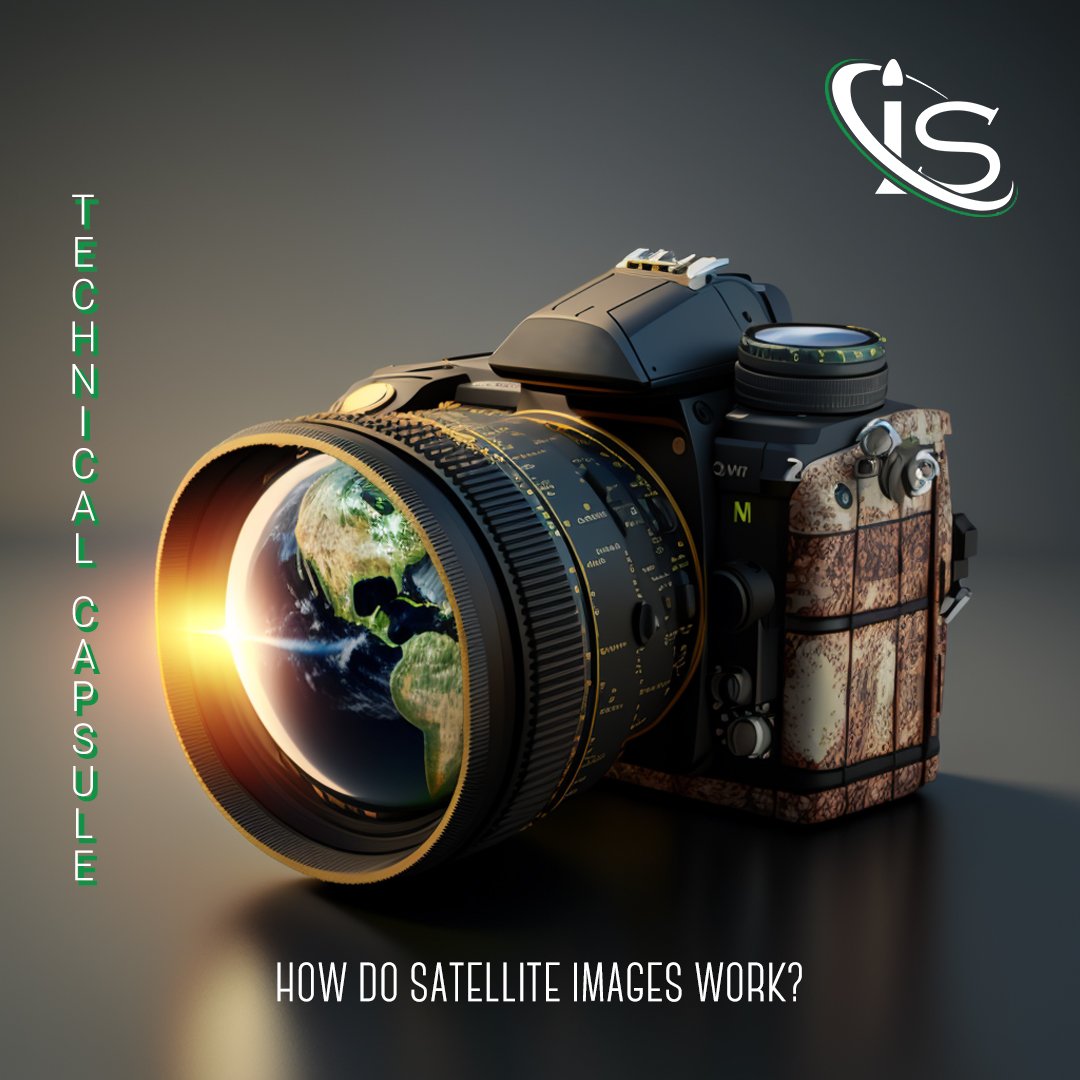Recently, we revisited how satellites are able to remain orbiting the Earth. The answer lied in their very high velocities; however, how are these satellites able to reach such blinding speeds? The key, of course, is in their engines. And there is one process behind how engines generate their power. As you may have guessed from the heading below, that process is what we refer to as propulsion.
What Exactly Is Satellite Propulsion?
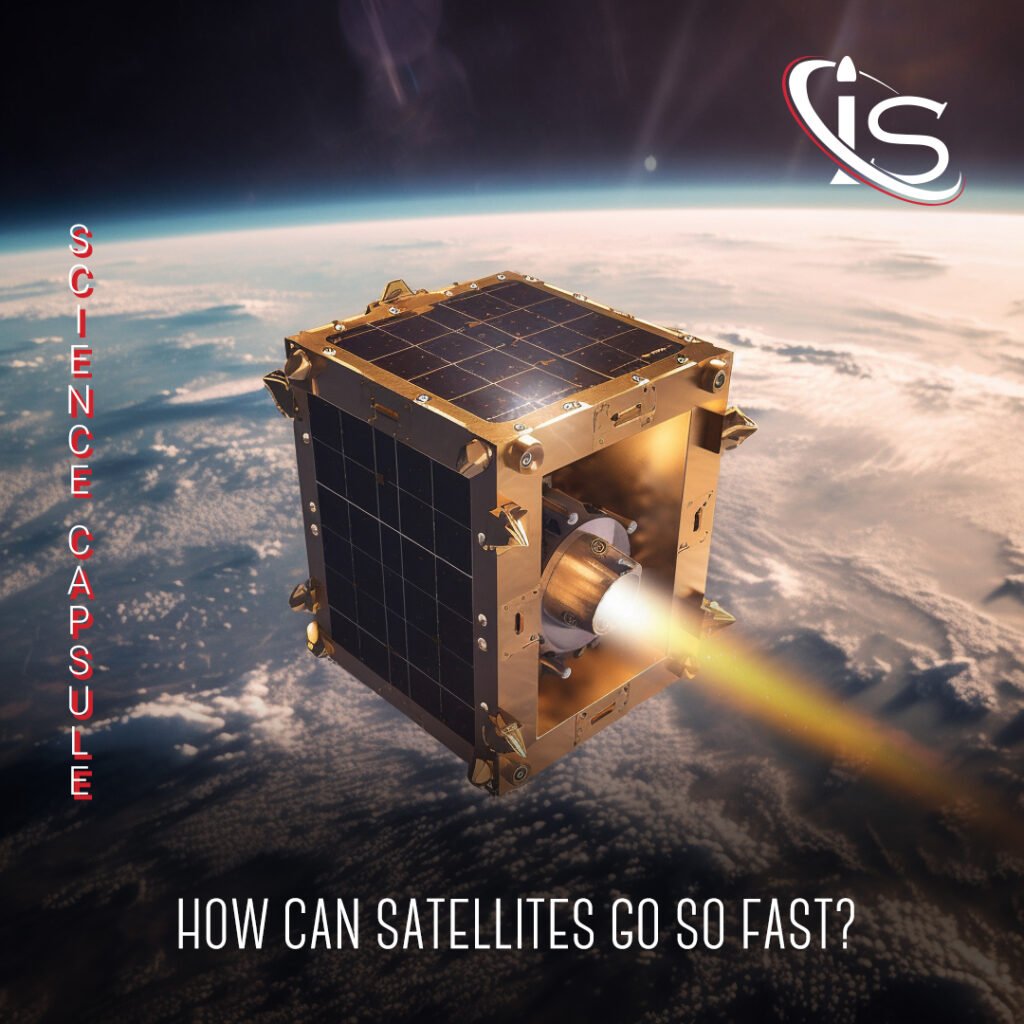
Propulsion is literally translated as the process of pushing or pulling to move or drive an object. For something like a satellite, this works through the use of the aforementioned engine as a power source. This power is then turned into a propulsive force by other mechanisms, such as propelling nozzles, which act as propulsors by turning the energy generated into a propulsive force. For satellites — and almost all spacecrafts, specifically — these nozzles consist of propellants that are pressurized by either pumps or high-pressure gases. These are then placed into combustion chambers in order to… well, combust. Once in the chambers, these propellants will burn, thus generating energy. The chambers themselves will then lead into a nozzle, which is responsible for converting the energy generated into kinetic energy. This is accomplished by accelerating the gas inside to high velocities, while maintaining normal environmental pressure. The kinetic energy produced is then high enough to permit rockets and satellites to achieve supersonic speeds.
Without these types of engines, it would be impossible to send satellites into space and keep them orbiting around Earth.
Other Types of Propulsion
We just discussed the general concepts behind spacecraft and satellite propulsion. However, that is not the only type of propulsion out there. After all, the space industry was not the first to make use of this type of engine. While I won’t go into as much detail for the other propulsion types, it is still fun to point them out. They include:
- Ground propulsion: used by cars and other land vehicles;
- Air propulsion: used by aircrafts.
- Marine propulsion: used by ships and other aquatic vehicles.
- Maglev propulsion: used by transportation like train that uses magnetic levitation instead of mechanical means (such as wheels and axels).
- Cable propulsion: used in cable cars.
These are all quite unique in their own right. Nonetheless, the basic principles behind propulsion hold true for each one of them. In other words, even though all these propulsion systems are different, they do still share the same general idea of having some type of engine providing energy that will be used by the various propulsors found in each system. And of course, the final step is the conversion of said energy — or power, as that is just energy over time — into kinetic energy.
Animals Use It Too
What if I told you that humans use propulsion to move as well? Or, as a matter of fact, that all animals make use of this phenomenon. While we may not have an engine per se — much less the propellants found in satellites — we do still move through a similar process. After all, our body stores the energy produced through cellular respiration. This is then converted into kinetic energy when we start moving. In other words, our body in this instance is acting both like an engine and a propulsor.
Obviously, the actual mechanics behind our movements are different to those of any vehicle, but it is still interesting to point out the similarity. If art imitates life, then it only stands to reason that science would do the same.
And with that, I leave you for today. Make sure to tune in next week for another installment of “A Stroll through the Solar System”. The topic will be Enceladus, another moon with a potential global ocean under its surface. Not only will it be an interesting subject to talk about, it will also be one of our last strolls — through the Solar System, at least. After all, the number of (interesting) topics to discuss when it comes to our Solar System is large, sure, but finite. “See you” all next Wednesday, right here, at impulso.space.


